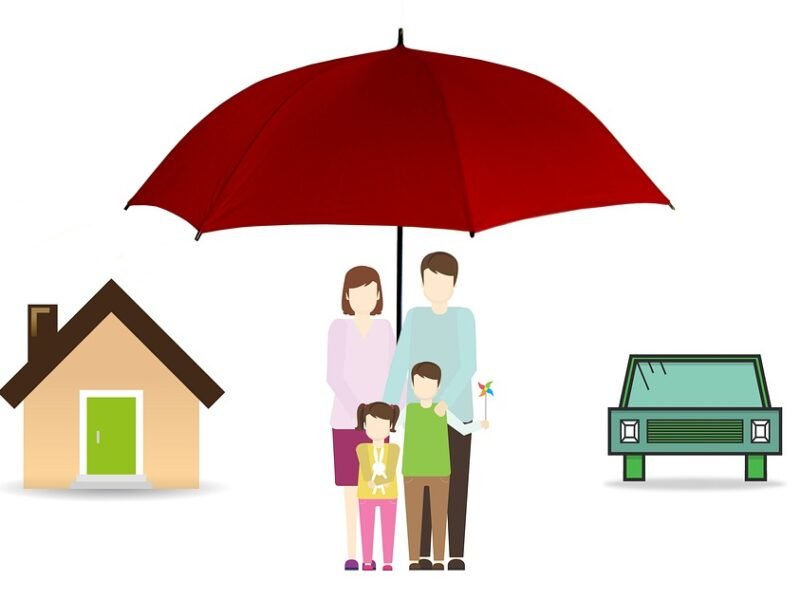In the world that is getting connected day by day, the need for easily available, consistent health care across the borders has turned highly imperative. The GHIC is one main invention for offering individuals the capability to receive healthcare services while traveling or living abroad. This card is most especially important in the framework of globalization, where foreign travel, employment, and education are now somewhat normal. For those traversing nations, the GHIC seeks to streamline healthcare access, lower financial costs, and guarantee continuity of service. The Global Health Insurance Card is discussed in this essay together with its advantages, drawbacks, and influence on the direction of world healthcare.
Description of the Global Health Insurance Card.
The Global Health Insurance Card represents a health solution that is easy to carry with you; it’s targeted at facilitating access to medical treatments abroad for people. It is for use abroad, operating just like your domestic health insurance. Sometimes referred to in relation to the mutual agreement between nations, enabling citizens to access basic medical facilities at a subsidized cost or even free of cost, GHIC is closely related to the European Health Insurance Card. The EHIC enables EU nationals to access health insurance in member countries and is, therefore, also a well-known example of this kind of setup. The GHIC, however, takes a stride in ensuring the meaning is more universal and encompassing.
Key Features of The Global Health Insurance Card.
- Portability: Since the GHIC is designed to be embraced through many countries, hence, its usefulness in ensuring that one is able to seek health facilities anywhere. This would also be helpful to those who travel regularly, are expatriates, or even study abroad.
- Cost-Effectiveness: The Global Health Insurance Card reduces a great deal of out-of-pocket cost for medical care abroad by using reciprocal agreements. This is in quite an advantage in comparison with other forms of travel insurance, which normally include heavy deductibles and high premiums.
- Comprehensive Coverage: Normally, GHIC covers all aspects of medical services, ranging from emergency and regular visits to the treatment of chronic diseases. GHIC will ensure that patients get the required treatment, and at the same time remain immune from the financial burden.
- Ease of Use: The card is usually fairly popular among most health professionals in most participating countries and is generally easy to handle and use – a means for quick access with not much exhaustive paperwork and time-consuming procedures.
- Inclusivity: The GHIC is easily accessible to various categories of citizens, such as low-income earners and persons with chronic diseases. The latter reduces inequity and improves equity in access to healthcare.
The Global Health Insurance Card Benefits
- Enhanced Access to Healthcare:
The GHIC ensures that people get medical treatment anywhere, thus facilitating access to health care. Especially, this is required by those living or traveling in countries with high costs for health care or limited access to services.
- Financial Protection:
Covering medical expenses helps the GHIC guard the people against the financial weight of unanticipated healthcare costs. This is very important during an emergency where medical costs could be outrageously expensive.
- Continuity of Care:
This in turn is helpful for those suffering from chronic diseases or having continuous medical demands, as the GHIC ensures that they can continue their treatment without any hindrance. It is further linked to retention of health and well-being.
- Promotion of Global Health:
GHIC enhances world health through international collaboration; hence, resources and knowledge are shared. This helps raise the general quality of living criteria for health all over the world.
- Support for International Mobility:
The GHIC removes many obstacles to access healthcare abroad and thus can be considered a facilitator of foreign travel, work, or studies. In this way, it promotes educational opportunities, economic growth, and cultural exchange.
Issues and Constraints
While the GHIC offers a number of benefits, these are not unproblematic. Some key concerns that exist are:
- Variability in Coverage: The GHIC offers very different levels of cover across countries. This can be confusing for people, especially those with complex medical conditions, and may result in lapses in treatment.
- Administrative Complexity: A global health insurance scheme requires immense collaboration across nations. The process is further complicated by differences in sources of financing, rules, and healthcare systems.
- Sustainability: The big challenge is long-term sustainability of GHIC. Prudent management of funding, resource allocation, and cost-sharing programs will avoid financial burden for nations involved.
- Equity Concerns: While GHIC strives to achieve equity for its organizations, communities are likely to still experience some problems regarding access. This includes low-income nations, refugees, as well as illegal immigration.
- Data Privacy and Security: The GHIC involves cross-border personal health information sharing. Assurances of privacy and security are what have formed the foundation of trust in the system until now.
Role of Technology in GHIC
New technological advances solve many of the various difficulties associated with the GHIC. Digital health systems reduce bureaucracy, enhance data exchange, and change user experiences. By emphasizing security and transparency, blockchain technology can be one such implementation to protect medical records and make it easy for international trade of the same-in fact, telemedicine increases the reach of healthcare treatment in remote or underprivileged areas.
The Future of GHIC
GHIC is one huge leap for achieving universal health coverage on the global stage. The world is becoming increasingly integrated, and so is the need for such a system. But for this fully evolved concept of GHIC to be fully realized, constant collaboration among governments, healthcare providers, and international organizations is needed. Some key future agendas include:
- Expanding Participation: Inclusion of more participating nations in the GHIC will give it greater power and access. This shall involve diplomatic work and new negotiated agreements on reciprocity.
- Standardization of Coverage: Application of consistent rules of coverage will minimize variability and ensure that treatment is standardized. Comments will, therefore, be sought from policymakers and medical professionals.
- Leveraging Technology: GHIC will be more effective and efficient, investing in digital health technologies to develop telehealth services, secure data-sharing systems, and interoperable health records.
- Promoting Equity: Equity means GHIC is accessible to all, including the poorer sections of the population and those living in the most hard-to-reach locations; this may need targeted interventions and support for disadvantaged groups.
- Monitoring and Evaluation: Regular performance appraisal of the GHIC will also help in identifying scope for further improvement. Financial viability, consumer satisfaction, and health outcomes will have to be followed.
In Conclusion
At a global level, the reforming innovation called Global Health Insurance Card can completely transform the health seeking behavior. The GHIC solves many of the problems concerning international health insurance by providing portable, affordable, comprehensive cover. Though hurdles remain to be crossed, the advantages of GHIC far outweigh the difficulties. If the GHIC is to be of much influence in changing society for better and more equitably, this can be done through further collaboration, innovation, and dedication. The GHIC should ensure that there is universal access to health care for all. Inclusion, sustainability, and technical development will have to be centre-stage going forward if the GHIC is to live up to its promise.






